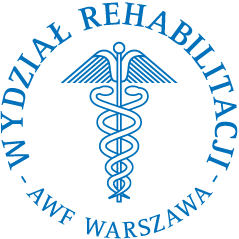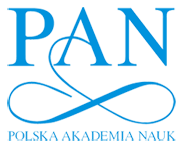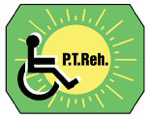


|
Current issue
Archive
Manuscripts accepted
About the journal
Editorial board
Reviewers
Abstracting and indexing
Contact
Instructions for authors
Publication charge
Ethical standards and procedures
Editorial System
Submit your Manuscript
|
3/2016
vol. 30 abstract:
Assessment of the correlations between gait speed in post-stroke patients and the time from stroke onset, the level of motor control in the paretic lower limb, proprioception, visual field impairment and functional independence
Mariusz Drużbicki
,
Grzegorz Przysada
,
Justyna Podgórska-Bednarz
,
Andrzej Kwolek
,
Teresa Pop
,
Justyna Wyszyńska
,
Justyna Leszczak
Postępy Rehabilitacji (3), 5-16, 2016
Online publish date: 2020/01/23
View
full text
Get citation
ENW EndNote
BIB JabRef, Mendeley
RIS Papers, Reference Manager, RefWorks, Zotero
AMA
APA
Chicago
Harvard
MLA
Vancouver
Introduction
Gait recovery is one of the main objectives in the rehabilitation of post-stroke patients. The study aim was to assess the correlations between gait speed in post-stroke hemiparetic patients and the level of motor control in the paretic lower limb, the time from stroke onset, the subjects’ age as well as the impairment of proprioception and visual field. Materials and methods This retrospective study was performed at the Clinical Rehabilitation Ward of the Regional Hospital No. 2 in Rzeszow. The study group consisted of 600 patients after a first stroke who walked independently. The measurements focused on gait speed assessed in a 10-meter walking test, motor control in the lower limb according to Brunnström recovery stages, proprioception in lower limbs, visual field as well as functional independence according to The Barthel Index. Results The study revealed a slight negative correlation between gait speed and the subjects’ age (r = - 0.25). No correlation was found between mean gait speed and the time from stroke onset. On the other hand, gait speed strongly correlated both with the level of motor control in the lower limb (p = 0.0008) and the incidence of impaired proprioception. Additionally, a strong statistically significant correlation between the patients’ gait speed and the level of functional independence was found with the use of The Barthel Index. Conclusions The level of motor control in the paretic lower limb and proprioception are vital factors affecting gait speed and functional independence. Patients with a higher level of functional independence demonstrated higher gait speed. |
    |